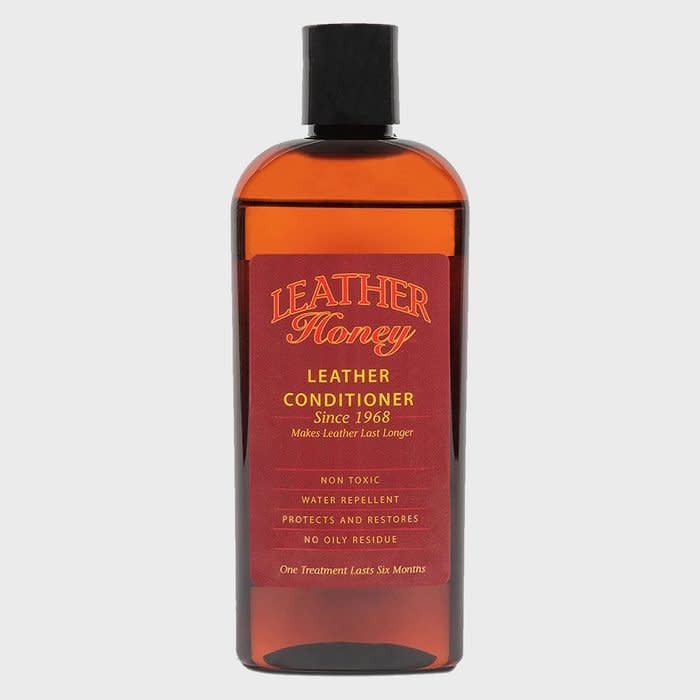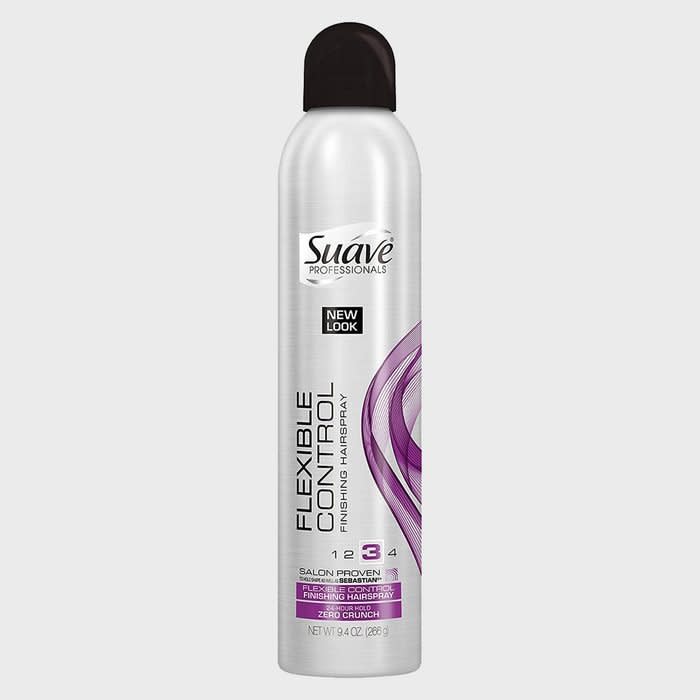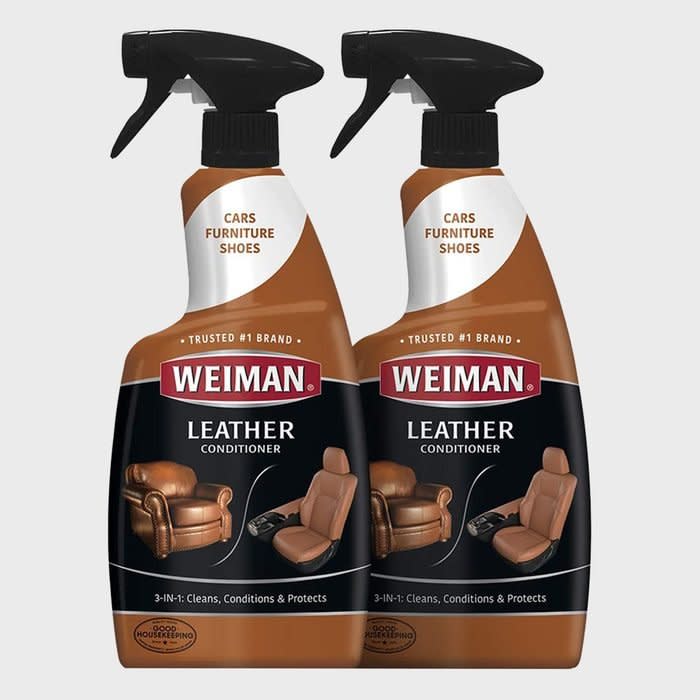How to Clean Leather and Protect it for Long Lasting Results
A new pair of winter boots can make you look and feel great—and if you want to make sure they stay looking new, you’ll need to brush up on how to clean leather properly. Just like cleaning whites, silks, and microfiber, the right leather cleaning techniques are what ensure your items last for years to come.
“Leather is an organic material, and quite porous in scope,” explains Alicia Sokolowski, an eco-cleaning expert and CEO of AspenClean. “While it’s durable and adds a touch of sophistication, leather can be ruined by harsh chemical cleaners like bleach and ammonia-based solvents. If you have a leather furniture stain, you can either make your own gentle-yet-effective cleaners at home or purchase specific leather-friendly cleaners.”
Sokolowski suggests sticking to the following leather laundry guide to preserve the life of your favorite goods.
How to clean leather
“A good DIY cleaner for leather is a simple mixture of white vinegar and water,” Sokolowski says, stressing that leather should be spot-cleaned in small areas and then protected and conditioned. “A citrus-based solvent can also yield good results. You can also try an all-natural moisturizing soap and some warm water to provide good results in an emergency. The moisturizing aspect is to prevent the leather from drying out.”
Leather, much like our own skin, needs to be moisturized and sealed after cleansing. It’s important to finish spot cleaning by treating the entire garment, furniture piece, or other leather items with a cleansing conditioner like Leather Honey.
How to condition leather
If you have a store-bought leather cleaner and conditioner like Leather Honey, one application should be enough for several months of conditioning (thanks to the brand’s water-repellent formula that penetrates the surface of the leather to hydrate even the deepest fibers). A quarter-sized amount spread evenly with a lint-free cloth is enough to cover a large leather chair or several pairs of shoes.
If you’d prefer to use a homemade leather conditioner, Sokolowski says you can craft your own oil-based formula at home. “For conditioning your leather to protect it from future stains and other damage, combining one part vinegar with two parts linseed oil or flaxseed oil provides a great barrier. Apply this mixture in tight circles all over the leather surface and leave it to sit overnight. The leather will absorb a portion of this mixture, and the excess can be wiped away and buffed the following morning with a clean rag.”
How to protect leather
If you’re going to store your leather goods for long periods or use them frequently enough that they require added protection, you’ll want to get in the habit of cleaning and conditioning them at least quarterly. While products like Leather Honey are able to stand up to about six months of wear and tear, they offer the most protection when used every three months or so—or about the time the natural water repellent factors start to wear off.
Protecting leather is mostly about keeping it hydrated, supple, and smooth. If leather is frequently exposed to water or damp air without added conditioning, it dries out and is prone to cracking.
How to remove dark stains from leather
Believe it or not, a can of cheap hairspray can do wonders to remove set-in dark stains from leather. “Aerosol hairspray can make short work of permanent marker stains on leather seats,” shares Sokolowski. Spritz the affected areas, then gently dab the stain with an absorbent cloth in a circular fashion. You should see it begin to lift almost instantly.
Similarly, darkened mold and mildew stains can be removed with equal parts warm water and rubbing alcohol dabbed on and then sopped up with a dry, lint-free cloth. Sokolowski says to consider sprinkling a bit of baking soda or a paste made of baking soda and water over dark, greasy stains on leather.
Spray bottle leather cleaners are also excellent to keep on-hand in case of spills on Grandpa’s favorite leather chair, mud on your best new shoes, or other mishaps.
How to remove water stains from leather
Removing water stains is easier than you think. You actually don’t need any special equipment for this, but it’s important to remember that you’ll want to condition and reseal your leather after you remove the stain. This prevents future staining and prolongs the life of your item.
Simply moisten the area again with a damp cloth (water is enough) and then let it air-dry. Don’t pour water on or ever attempt to soak the leather. A lightly damp cloth is more than enough, and it’s important not to heat the leather or leave it in the sun to dry as this can create cracks and discoloration.
How to remove road salt from leather
Road salt and sidewalk melt stains are common in snowy, cold-climate areas. To eliminate these crusted-white marks, you’ll want to mix equal parts warm water and white vinegar. Steer clear of vinegars with color, because you wouldn’t want them to stain your leather or leave residues behind. Gently blot the affected road salt-stained areas until the stain has come clean, and then blot excess moisture up with a lint-free cloth. If you can, condition your leather boots frequently and protect them to avoid future road salt stains.



Source: Alicia Sokolowski, eco-cleaning expert, president and co-CEO of AspenClean
Want more deals and product picks sent directly to your inbox? Sign up for the Stuff We Love newsletter.
The post How to Clean Leather and Protect it for Long Lasting Results appeared first on Reader's Digest.
